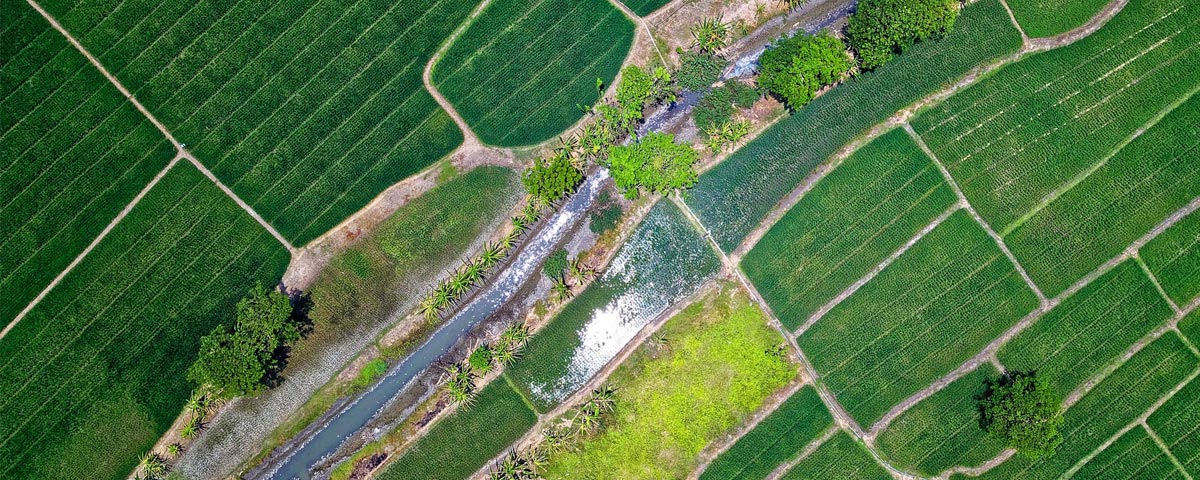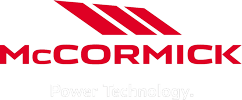Stage V: new challenges to reduce tractor emissions

These days, manufacturers are facing new challenges to reduce tractor emissions and fuel consumption as the European regulation Stage V enters into force and further reduces the exhaust emission cap compared to Stage IV.
European regulations provide for subsequent steps (or Stages) ranging from I to V, to contain emissions and are the equivalent of the US Tier standards. The common goal is to reduce pollutant emissions from non-road machinery, with special regard to carbon monoxide (CO), nitrogen oxides (NOx), unburnt hydrocarbons (HC) and particulate matter (PM).
The effort began in 1996, when the European Parliament and the US Environmental Protection Agency (EPA) introduced the Stage I and Tier 1 standards, respectively, to set a limit on pollutant emissions from non-road machinery. These standards to not apply to car emissions, which are governed by the Euro standards (Euro 0 to Euro 6) in Europe.
Over 2 decades after these regulations were introduced, the results are visible: some sources estimate that Stage V will cut engine emissions to 98% below 1990 levels.
Approved in 2016, the European regulation Stage V is slated to enter into force on 1st January 2019. Only vehicles equipped with engines between 56 kW and 130 kW are exempt, and Stage V limits will become mandatory for them as of 1st January 2020.
After these terms, there will be a transition period of 18 months for manufacturers to comply with the regulations by introducing engines that meet the new standards.
The challenge for manufacturers: developing new technologies
In response to these regulations, manufacturers of farming machinery started to work on increasingly advanced technological solutions. The challenge is to reduce emissions while preserving efficiency, without increasing fuel consumption or affecting engine size – as adding new devices takes up additional space.
The solutions adopted involve the use of different types of technology:
- SCR (Selective Catalytic Reduction) optimises combustion processes and reduces NOx in exhaust gases by injecting AdBlue®, a urea-based aqueous solution that converts harmful gases into harmless elements.
- EGR (Exhaust Gas Recirculation) is a system that recirculates part of the exhaust gases in order to reduce NOx. EGR is often used in conjunction with DOC or DPF after-treatment systems to reduce particulate emissions.
- DOC (Diesel Oxidation Catalyst) is a catalyst that transforms harmful components of exhaust gas into harmless elements.
- DPF (Diesel Particulate Filter) is a particulate filter that separates exhaust gases from particulate matter as polluting particles are trapped in the filter walls.
The technological challenge continues, because introducing new emission control devices requires more space – and space is a very valuable resource that can have a major impact on the structure of the tractor.
As a result, manufacturers devised advanced engineering solutions to optimise engine space more efficiently and deal with increased internal loads.
McCormick tractors comply with Stage V emissions to reduce pollutants with advanced solutions. The series X7.6 P6-Drive and X7.6 VT-Drive as well as the powerful X8 VT-Drive range equipped with new engines and featuring systems that integrate SCR and DOC have already been launched.
